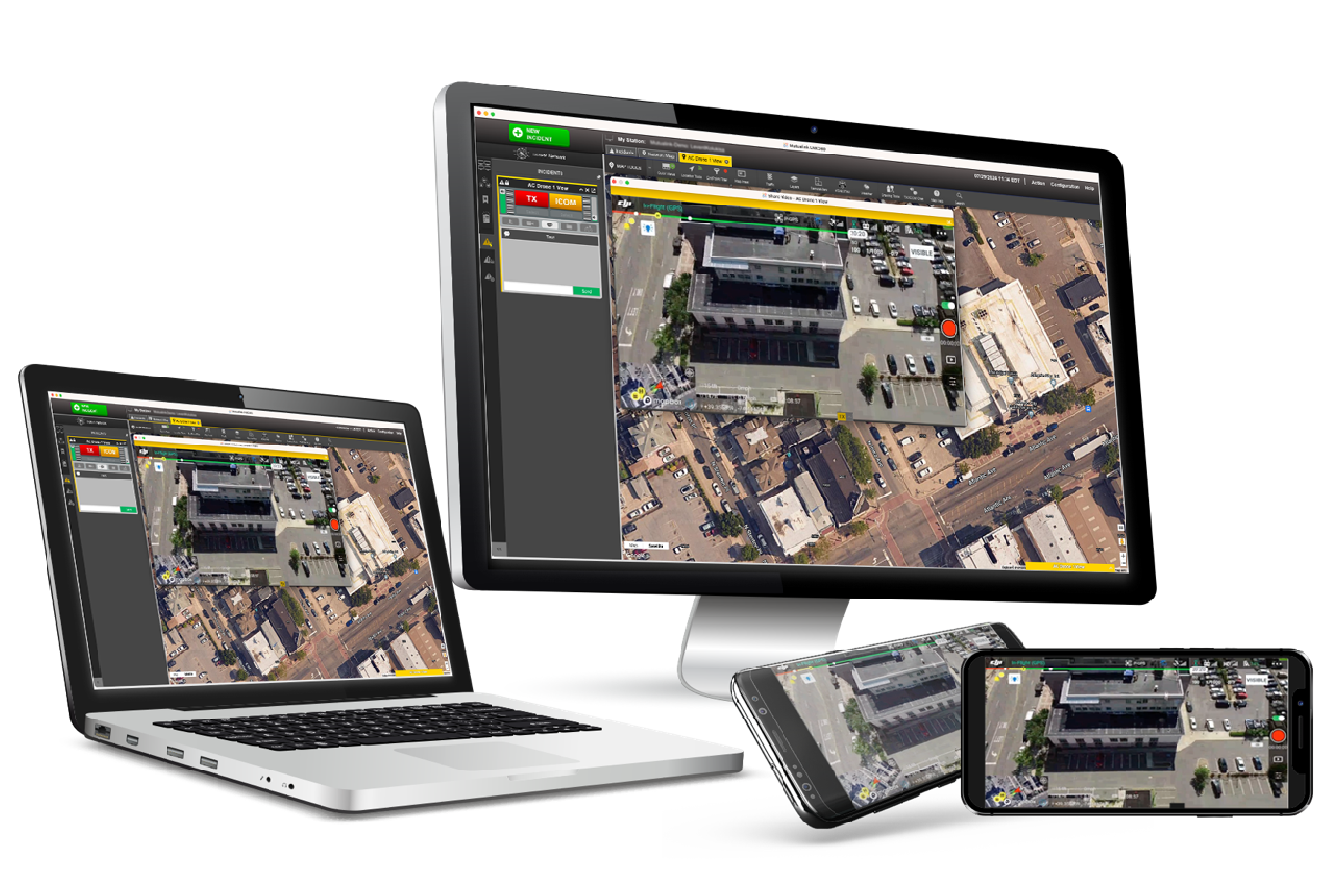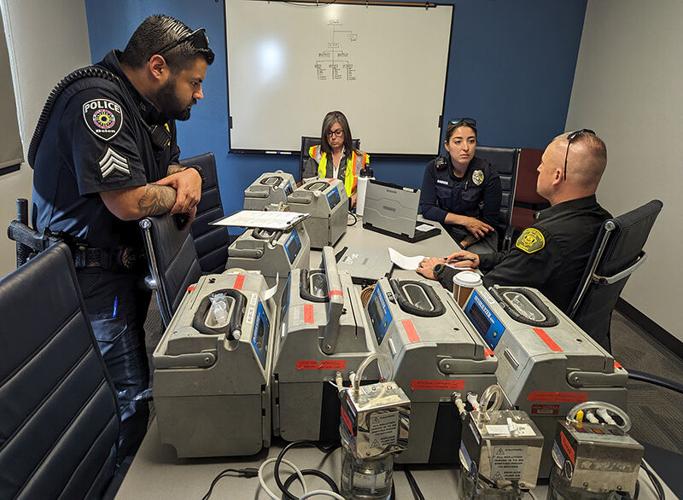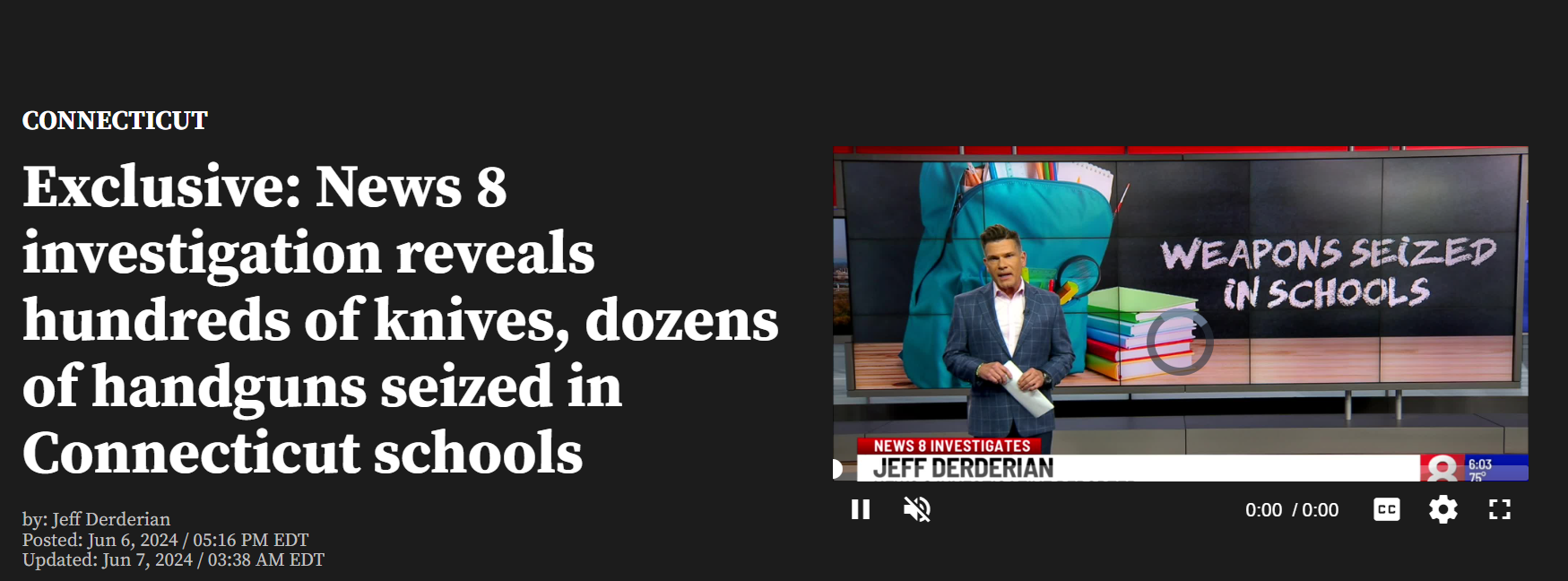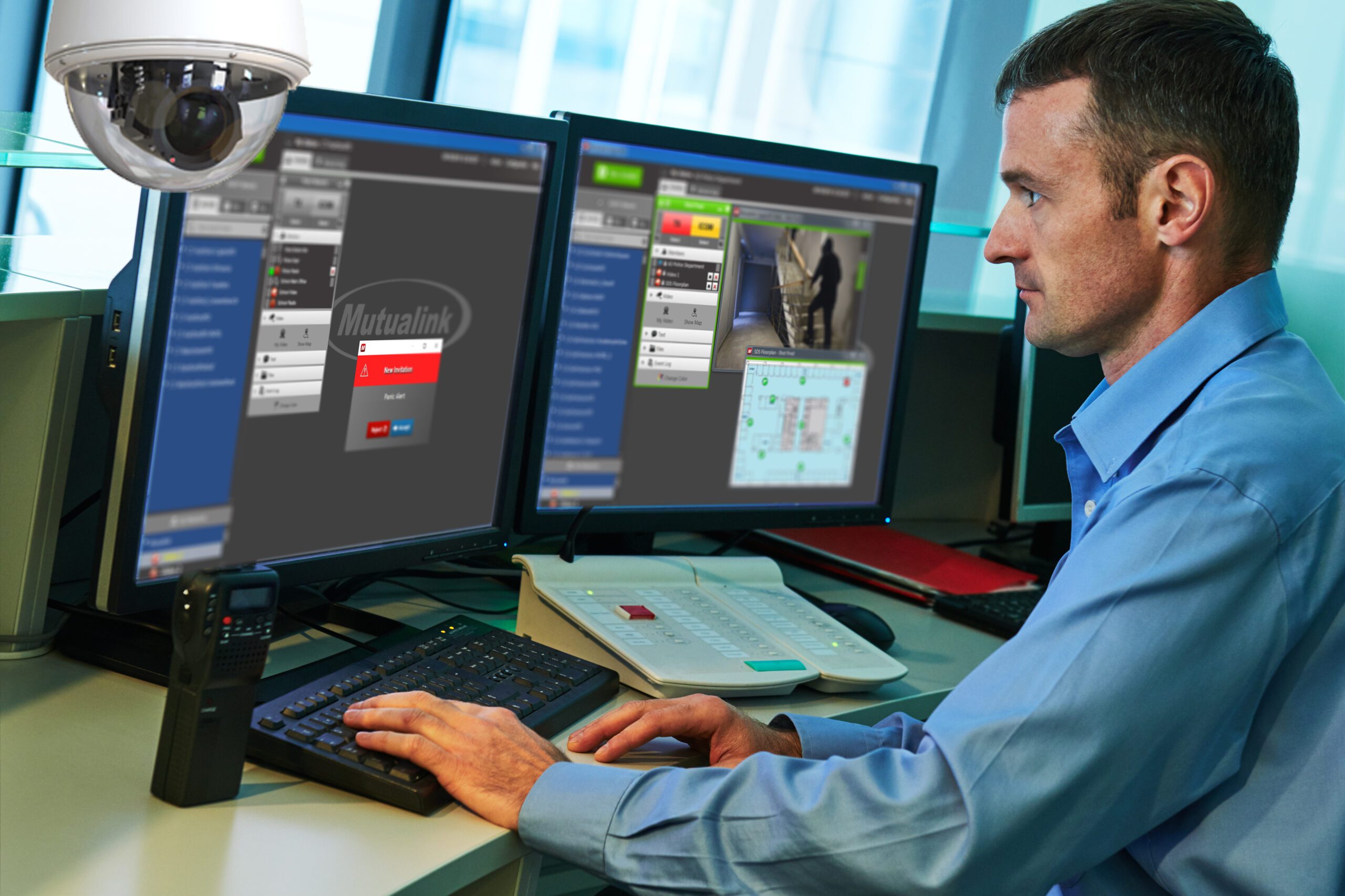Lessons Learned from Global Attacks: FirstNet
Terrorist attacks across the globe, and particularly here in the United States, present a huge opportunity for the nation to learn how to improve communication and information sharing in times of crisis.
These lessons learned can be particularly helpful to the First Responder Network Authority (FirstNet) in developing and deploying the nationwide public safety broadband network (NPSBN), according to a new white paper released by interoperable communications provider Mutualink.
“When terror strikes, an effective emergency response requires massive cooperation and information sharing among law enforcement agencies and federal, state and local agencies to eliminate the threat and minimize causalities. As FirstNet continues to move closer to nationwide implementation, let’s not squander the opportunity to learn from the tragedies that have preceded it,” the paper stated
The white paper explained that one of the greatest challenges facing first responders in large-scale emergency situations is a lack of communication systems interoperability. Following the tragic September 11, 2001 terrorist attacks, the 9/11 Commission identified this as a major obstacle to emergency response.
Thirteen years after 9/11, communication interoperability issues again hindered a large-scale emergency situation. During the 2012 Aurora, Colorado Theater shooting, a breakdown in communications between police and fire commanders led to a failure to assess the level of risk in the theater.
As Homeland Security Today previously reported, an after-action reported commissioned by the city of Aurora revealed that the lack of a unified, joint police-fire command during the first hour of the incident, and failure to effectively use available radio systems—whether from failure to do so or because they did not know how— led to difficulties in communication between the police and fire departments.
The report noted that communication between FirstNet and non-FirstNet agencies—including schools, mass transit, and utilities— is imperative in emergencies. Consequently, the report stated, “The collaboration capability must be core to the FirstNet architecture and include network, device and agency interoperability.”
Another major problem identified by Mutualink’s report is overcrowded cellular networks. Both unplanned emergencies and mass gatherings, such as sporting events, can overload the cellular infrastructure, leading to “poor data transmission, dropped and incomplete calls.”
For example, communication issues significantly hindered the response to the March 2016 attacks in Brussels. Police reportedly used the WhatsApp Messenger to communicate with one another after ASTRID, Belgium’s public-safety network provider, experienced “network saturation.”
One of the reasons behind FirstNet’s deployment of a dedicated high-speed broadband network is to overcome the issue of overcrowded cellular networks. Deployable networks using Systems on Wheels (SOWs) and Cells on Wheels (COWs) are currently being tested for situations requiring additional bandwidth, such as for video sharing.
“Deployed SOWs and COWs are highly resilient and able to access the network through satellite and/or microwave, even when cell tower infrastructure is compromised. This addresses the needs of rural areas, as well as natural disaster situations or terrorist infrastructure attacks,” the report stated.
Real-time video sharing can make or break an investigation into a terrorist attack or other emergency situation. Mutualink, citing a report from Defense One, noted that video imagery taken from a person near the scene of the attack on the Charlie Hebdo headquarters in Paris ended up being one of the most crucial pieces of evidence.
“One of the most anticipated capabilities of FirstNet is the ability to video conference and share video feeds within and between agencies,” the reported stated.
Furthermore, silos, which the report describes as “any system that is unable to operate with any other system,” help maintain agency sovereignty over their assets and resources, but can also be a major hindrance to interagency collaboration.
Mutualink recommended that FirstNet overcome this challenge by selectively bridging siloes so that first responders have access to critical information while enabling security for all parties through access control and encryption.
“As FirstNet continues to move closer to nationwide implementation, let’s not squander the opportunity to learn from the tragedies that have preceded it. The safety and security of our nation is at stake, and we have the power – and the tools and technologies – to make a difference,” the report concluded.
By: Amanda Vicinanzo, Online Managing Editor





